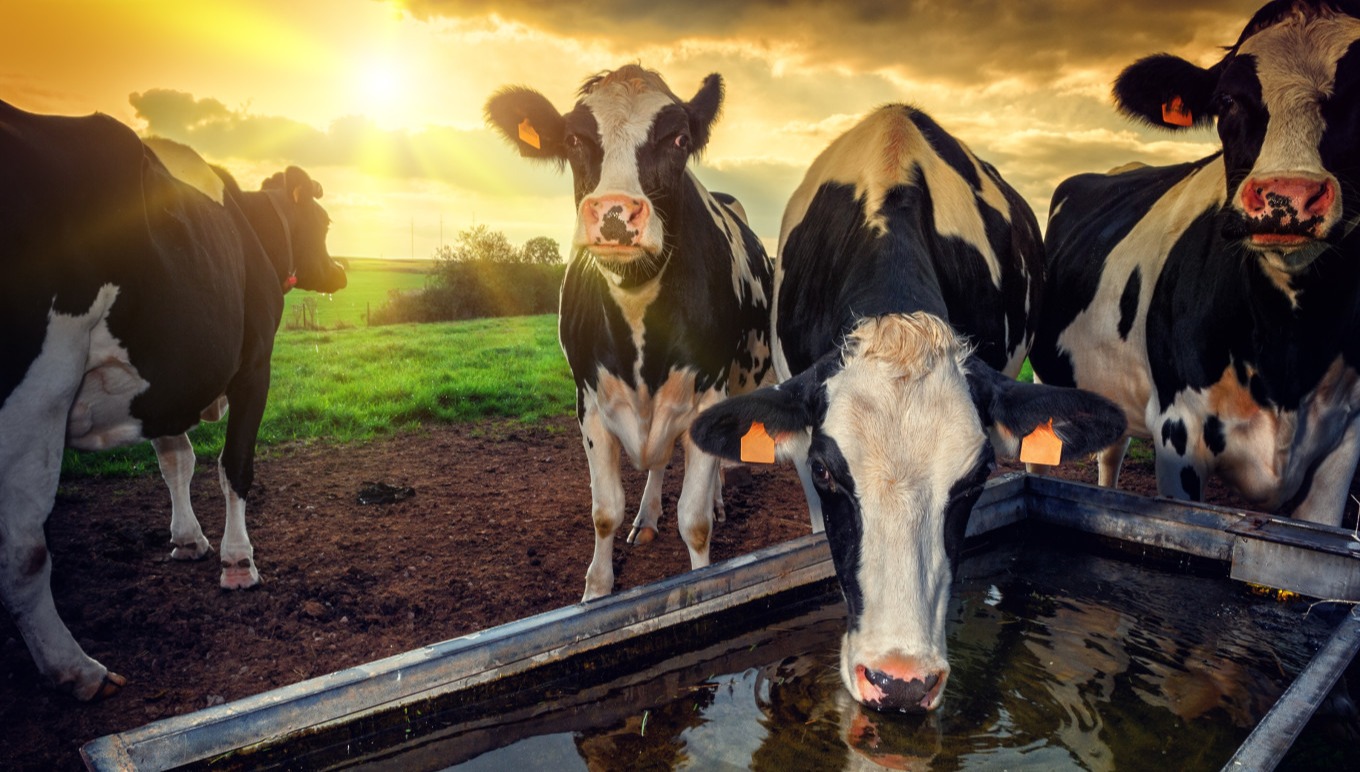Aptean’s Food and Beverage 2021 Global Symposium – Key Dairy Developments and How U.S. Businesses Are Innovating Session Recap
Aptean’s Food and Beverage 2021 Global Symposium – Key Dairy Developments and How U.S. Businesses Are Innovating Session Recap
Aptean’s Food and Beverage 2021 Global Symposium – Key Dairy Developments and How U.S. Businesses Are Innovating Session Recap
12 Oct 2021
 John McCurdy | Senior Content Writer, Marketing
John McCurdy | Senior Content Writer, Marketing
This latest entry in our ongoing blog series recapping the sessions of Aptean’s Global Food and Beverage Symposium covers the breakout session entitled “Key Dairy Developments and How U.S. Businesses Are Innovating” presented by Kathie Canning, editor in chief of Dairy Foods magazine.
Canning certainly has her finger on the pulse of the U.S. dairy industry. She gave an entertaining and enlightening rundown of major trends and challenges facing the sector, which is facing pressure to become more sustainable and competition from plant-based alternatives.
These were the major developments in consumer preferences that she highlighted:
Make It Convenient: Americans demand convenience when buying and consuming their food and beverage products, and that’s certainly true in the dairy segment. Examples include Prairie Farms new squeezable and re-sealable sour cream packaging and Castello’s bleu cheese slices designed to be melted on burgers and other popular dishes.
Make It Snackable: Per capita, Americans added 25 between-meal snacking occasions annually from 2015 to 2020, and the pandemic pushed this trend even further in work-from-home situations. Portable individual serving packages, like Sargento’s Balanced Breaks, are very popular among consumers snacking at home or on the go.
Lose the Sugar: Health-conscious consumers often seek out products with reduced sugar levels, and dairy manufacturers are meeting their needs with new offerings. Take, for instance, Chobani’s new line of zero-sugar yogurts and Maple Farms’s zero-sugar ultrafiltered organic milk.
Pour on the Protein: Another part of the push for better nutrition is an increased focus on items with high protein content. Fairlife’s ultrafiltered high-protein drinks can now be found on just about any supermarket’s shelves, and Oikos has also launched high-protein yogurts to align with consumer preferences.
Get Functional: Yet another facet of the healthy eating trend is the emergence of functional food products containing probiotics and/or increased vitamin content. Babybel has new probiotic- and vitamin-enriched cheese snacks out now, and frozen Greek yogurt manufacturer Yasso has now launched Juve Pops, frozen popsicles with electrolytes and extra vitamins.
Flavor It Up: Variety and novelty are also important to Americans, and dairy companies are expanding their lines as a result. Kemps has introduced new flavored cottage cheeses, while Prairie Farms has several unique flavors in their new cream cheese lineup.
Indulge Me: Even with greater awareness and enthusiasm for foods with health benefits, decadence is still occasionally on the menu. Ice cream is a category ripe for more indulgent items, and one need look no further than Blue Bunny’s Load’d Bars and Ben & Jerry’s new flavor infused with bourbon and topped with ganache.
Imitate It: Plant-based products are on the rise, and the U.S. plant-based dairy market is projected to reach $5.2 billion by 2024. Vevan’s plant-based Mozza-Bites and Silk’s coconut milk-based yogurts are just a couple of the new ventures into this space, which is quickly becoming much more than just soy and almond milk varieties.
Create a Hybrid: Dairy goods that mix both plant-based alternatives and regular or lactose-free milk strike a good balance between the traditional and the novel. Live Real Farms and Shamrock Farms have both released hybrid milk products with good success.
As for challenges for the dairy sector, Canning mentioned that the three she highlighted aren’t entirely new, but they are now becoming more pronounced than ever:
Production worker shortages continue to hamper the industry. Only 63% of dairy production jobs lost during the pandemic were recouped by the end of 2020, and 77% of manufacturers say they expect to continue experiencing staffing problems in the years to come.
Declining milk sales have been noted as far back as the 1940s, but now the drop-off is becoming steeper. Per capita sales only decreased by 1% annually from 1995 to 2009, but fell off faster from 2010 to 2017 with an average decline of 2.5% per capita annually.
Competition from dairy alternatives is another concern for traditional dairy businesses. While the rise of plant-based dairy products is not a primary driver of the decrease in dairy sales, that industry is expected to grow larger at a compound annual growth rate (CAGR) of 12.5% through 2028.
The good news is that consumers still show a pronounced preference for genuine dairy, with more than half of Americans preferring traditional cheese, ice cream, yogurt and butter over alternatives. In the end, though the dairy sector is undoubtedly undergoing significant change, it seems apparent that American consumers will continue to make dairy an in-demand product category.
Be sure to check back for more of our session recaps, and browse our Insights page for those we’ve published previously. And if you’d like to view any of our sessions on-demand, you can do so here.
Interested in how Aptean's dairy ERP solution can help you solve today's industry challenges and get ready for what's on the horizon? Request a demo with our team of experts today.
¿Todo listo para transformar tu negocio?
Tenemos las soluciones ERP especializadas que necesitas para superar los desafíos de tu sector.



